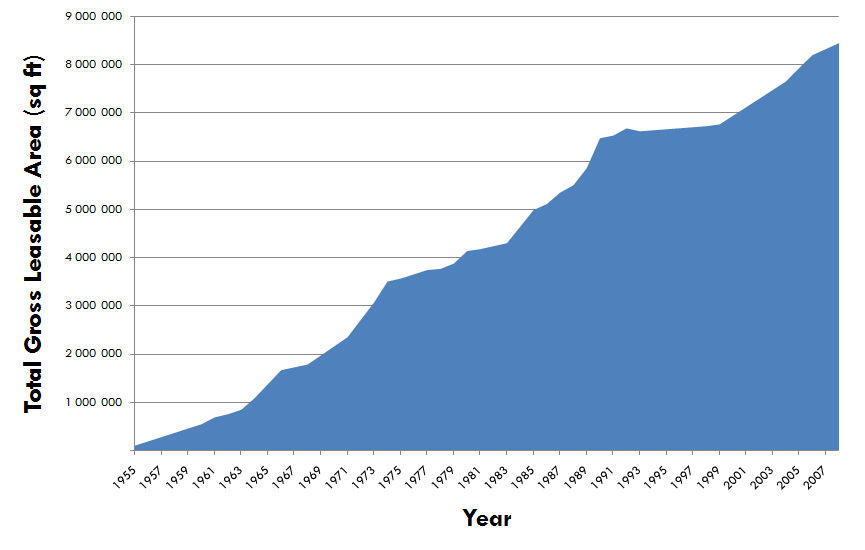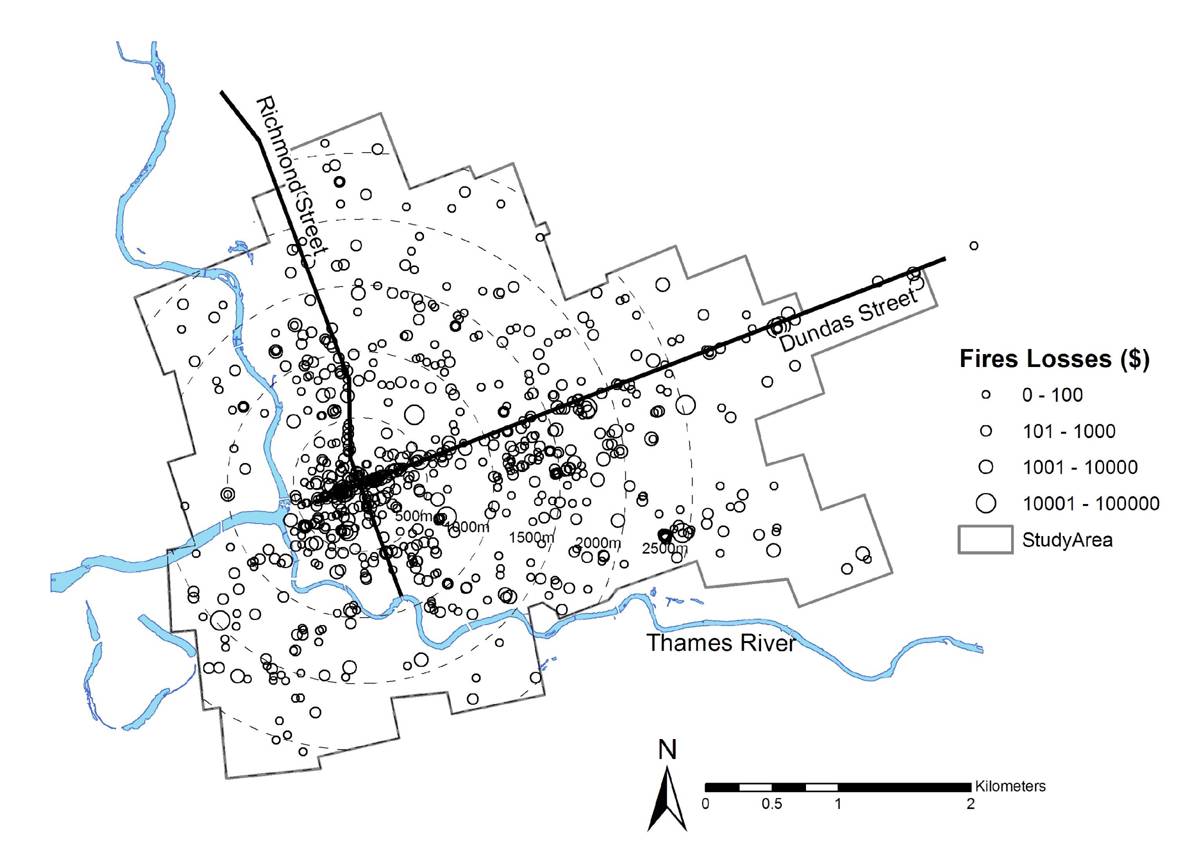
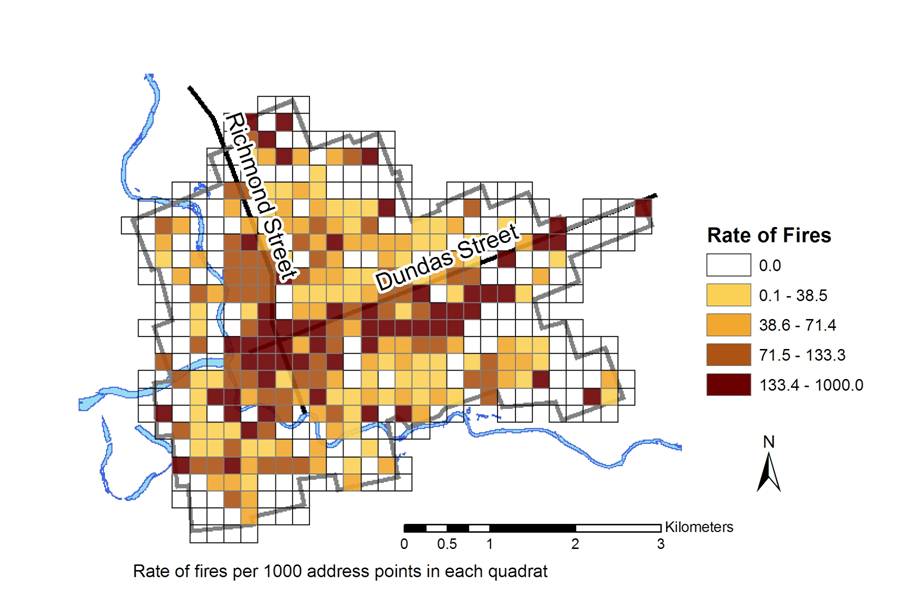
|
HOMEPAGE | RESEARCH | COURSES | PORTFOLIO | CONTACT/C.V. |
| PORTFOLIO OF PROJECTS |
|
Fires in the early-twentieth century city |
| Destruction and Reconstruction |
|

|
 |
|
Before Fire After Fire
|
|
The built environment |
| Heights, densities and materials |

|
Modeling a flood event |
| Rising waters and the dislocation of residents |
|
0m |
2m |
4m |
6m |
8m |
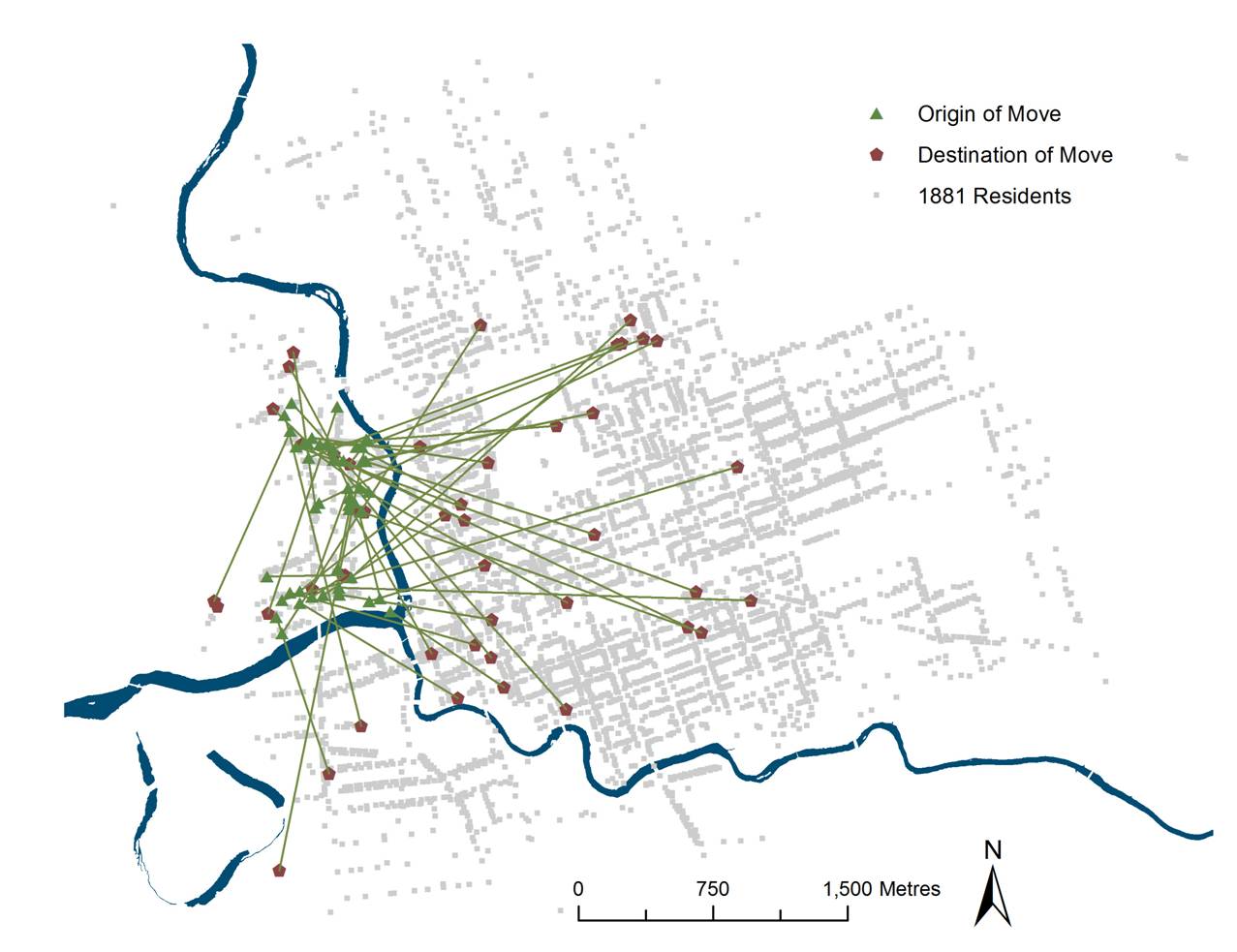
Movement of Residents following the flood
|
Social landscapes of the city |
| Occupations and dwelling size |
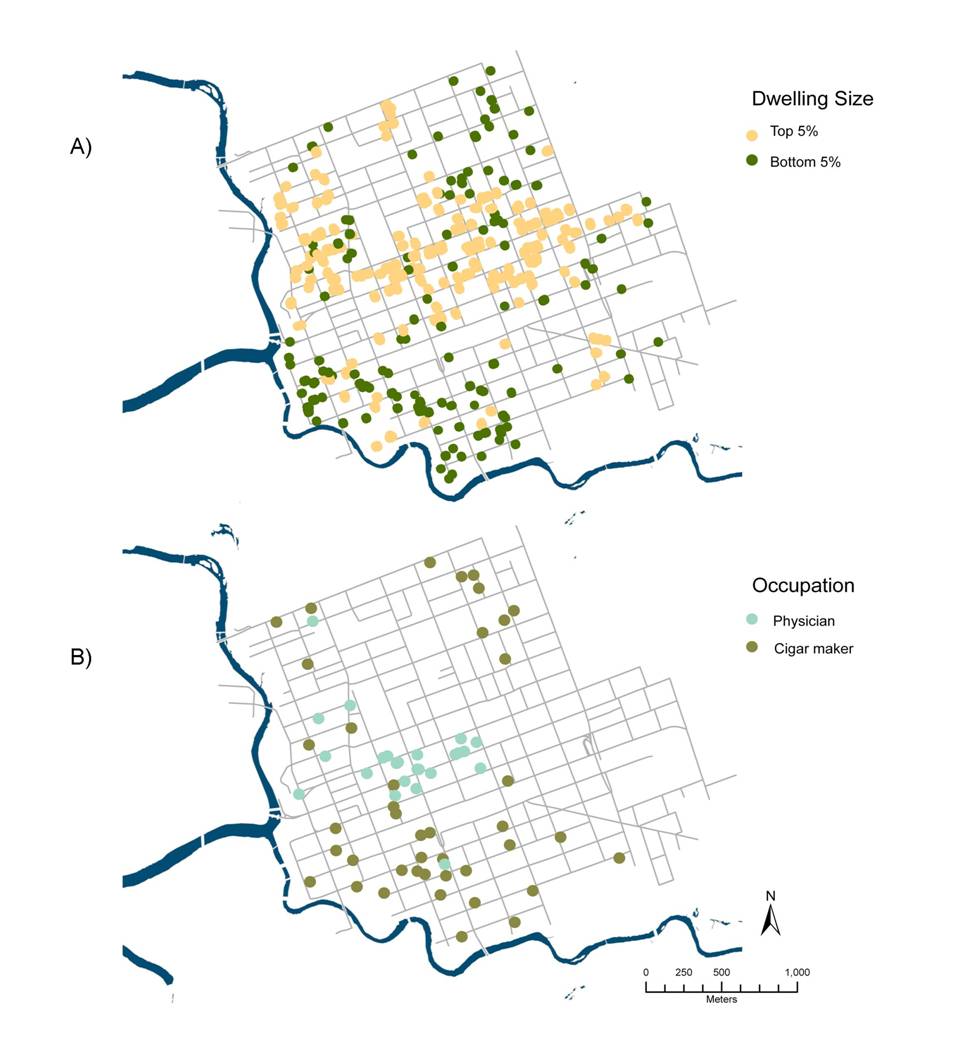
|
Locating potential urban hazards |
| Gasoline stations and their proximity to sensitive areas (here a river valley) |
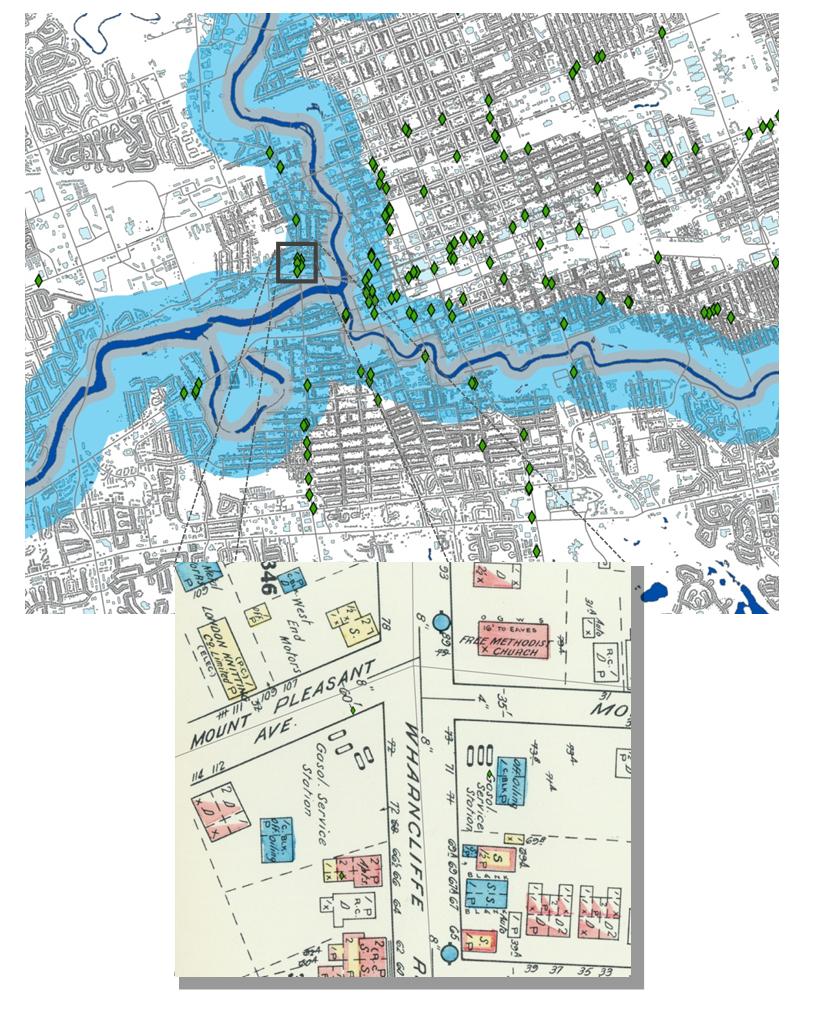
| RETAIL LANDSCAPES |
|
Retail landscapes have evolved over the course of the city's history, reflecting changing socio-economic conditions and incorporating new technologies. Originally, retailers clustered in the downtown core. As the city's population increased, retailers began to line the major streets leading away from the core, servicing the outlaying areas serviced by the streetcar lines. Planned shopping centres have come to dominate the modern retail landscape, eroding traditional retail districts. Shops are now woven throughout the urban fabric. Their sizes and shapes have dramatically changed, from the long and narrow Main Street emporia to today's 'big boxes'. Window shopping has been replaced by windshield shopping.
|
|
Changing retail locations over time |
| City centre to urban periphery |
|
1863 |
1881 |

1916 |
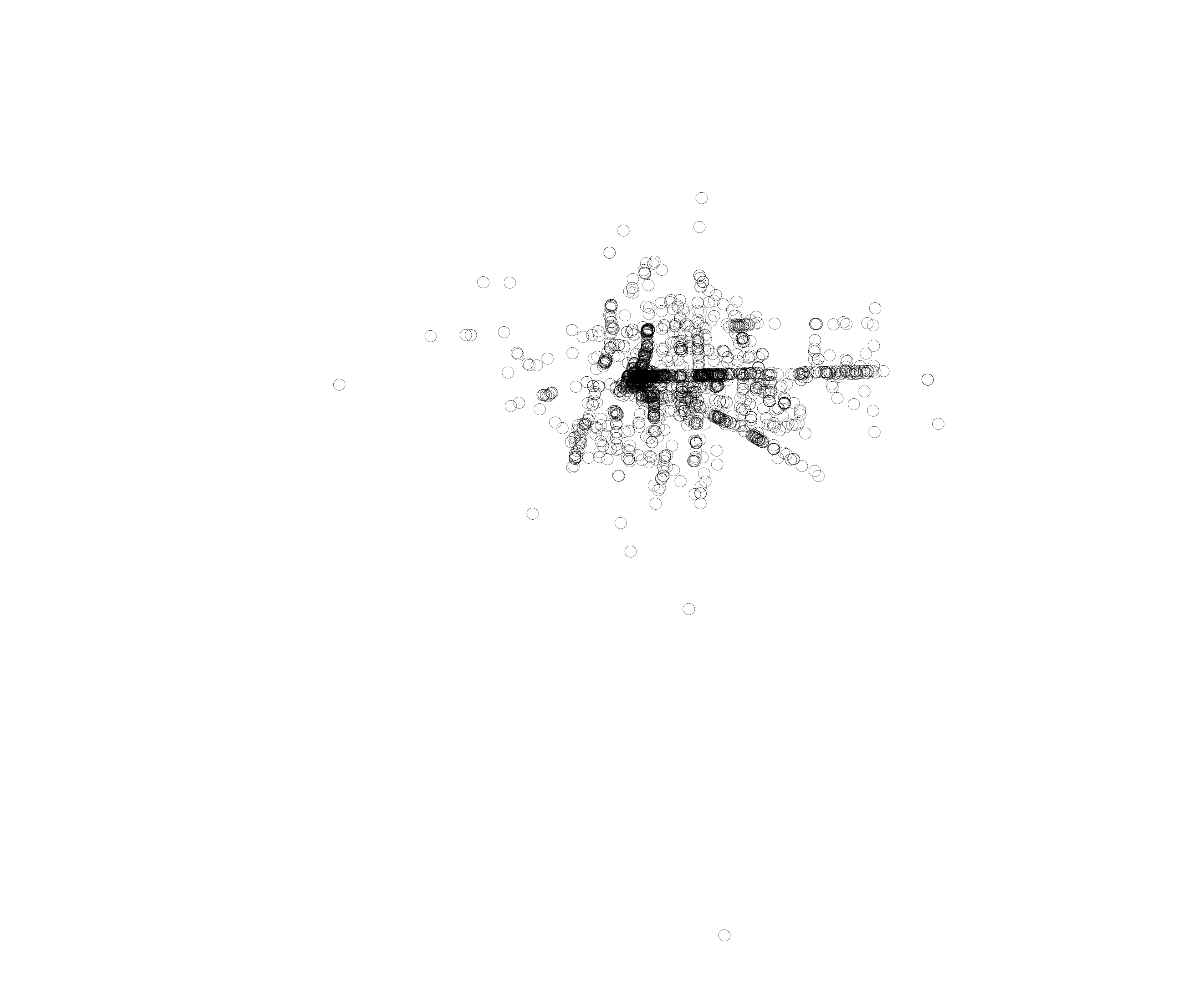
1958 |
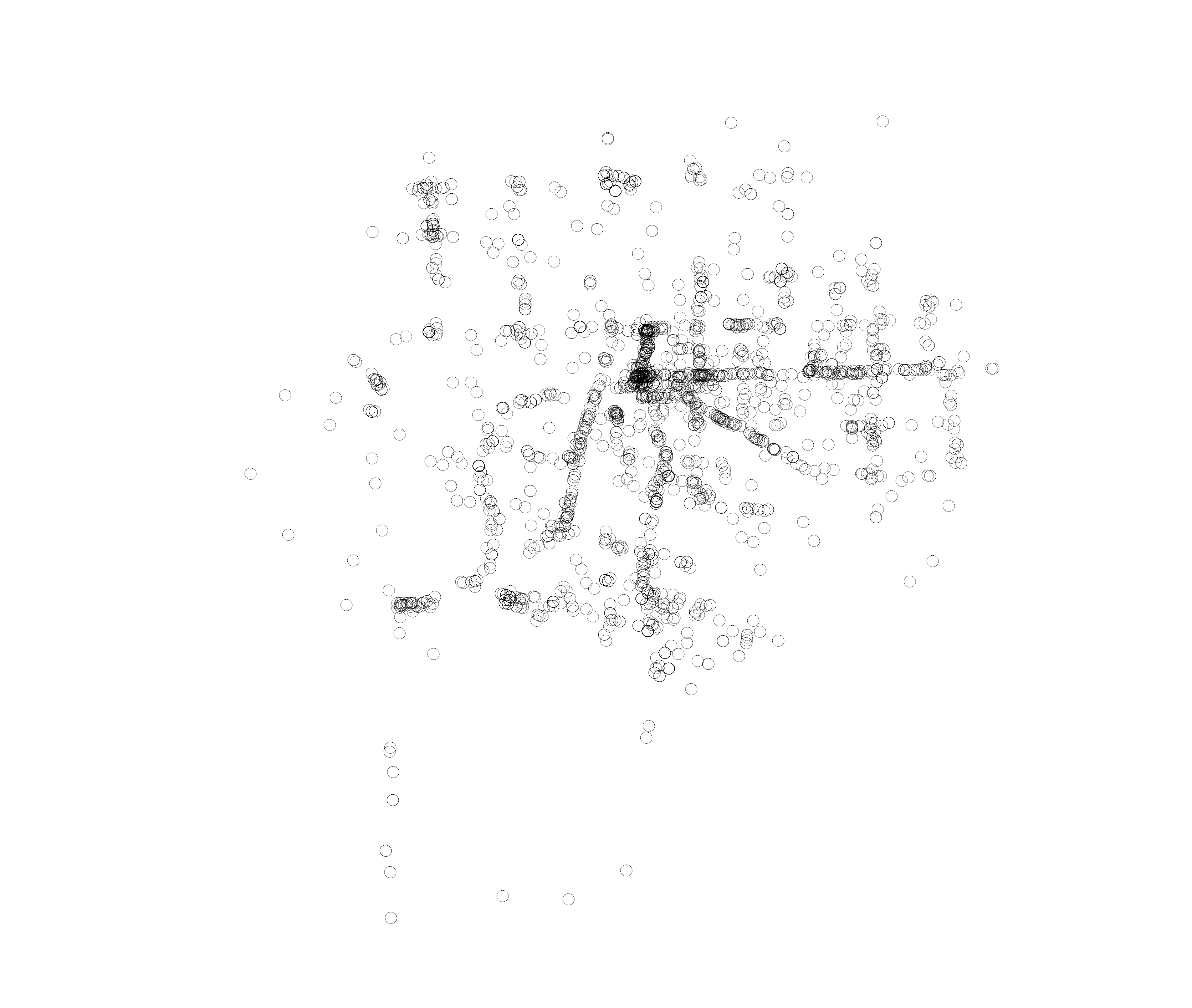
2004 |
|
Contemporary retail structure |
| Strips and nodes |
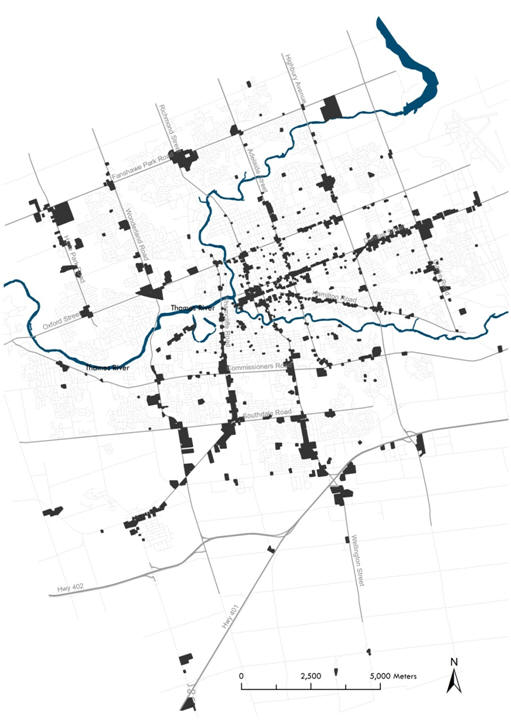
|
Retail buildings |
| Styles reflect the ideals of the time |
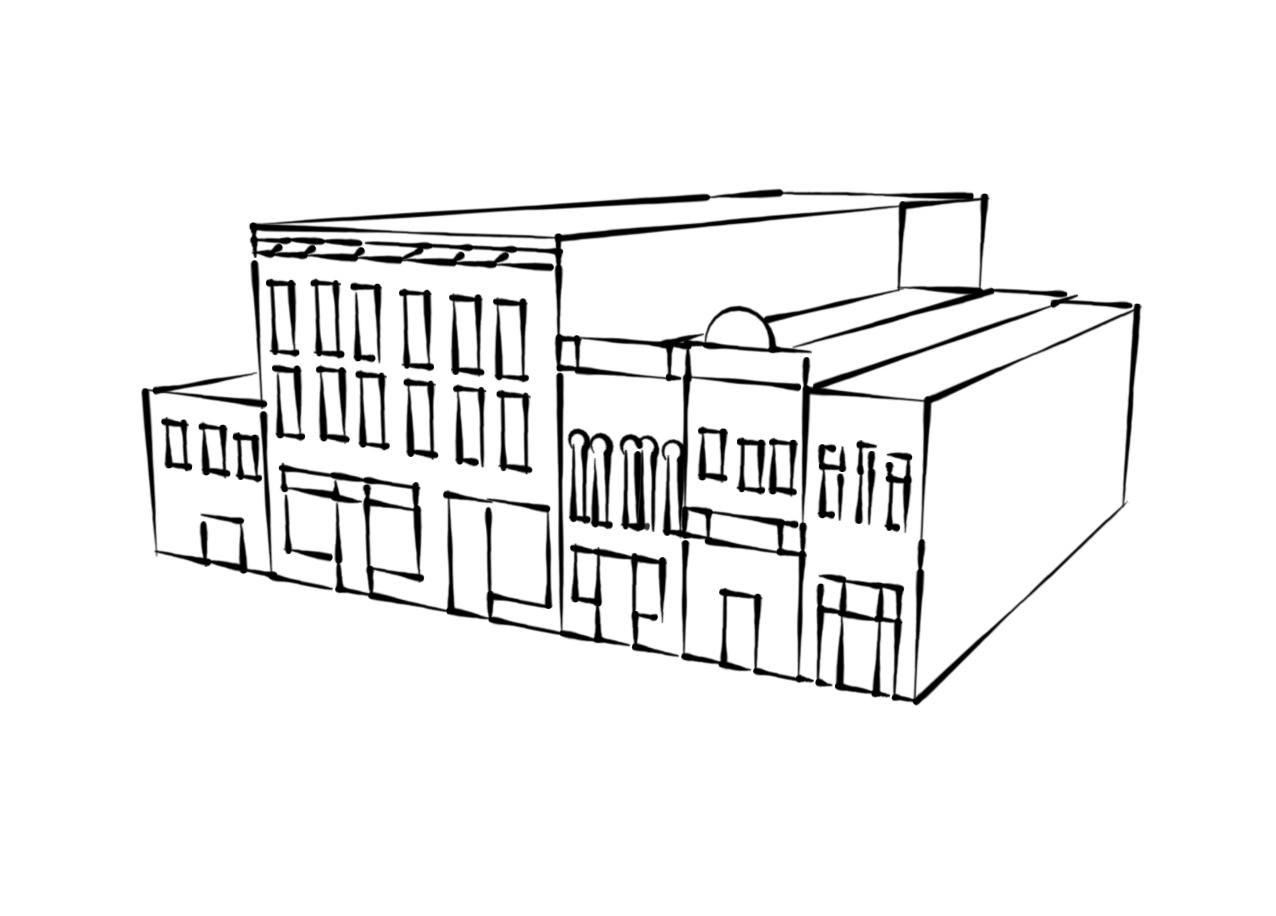
City Centre |
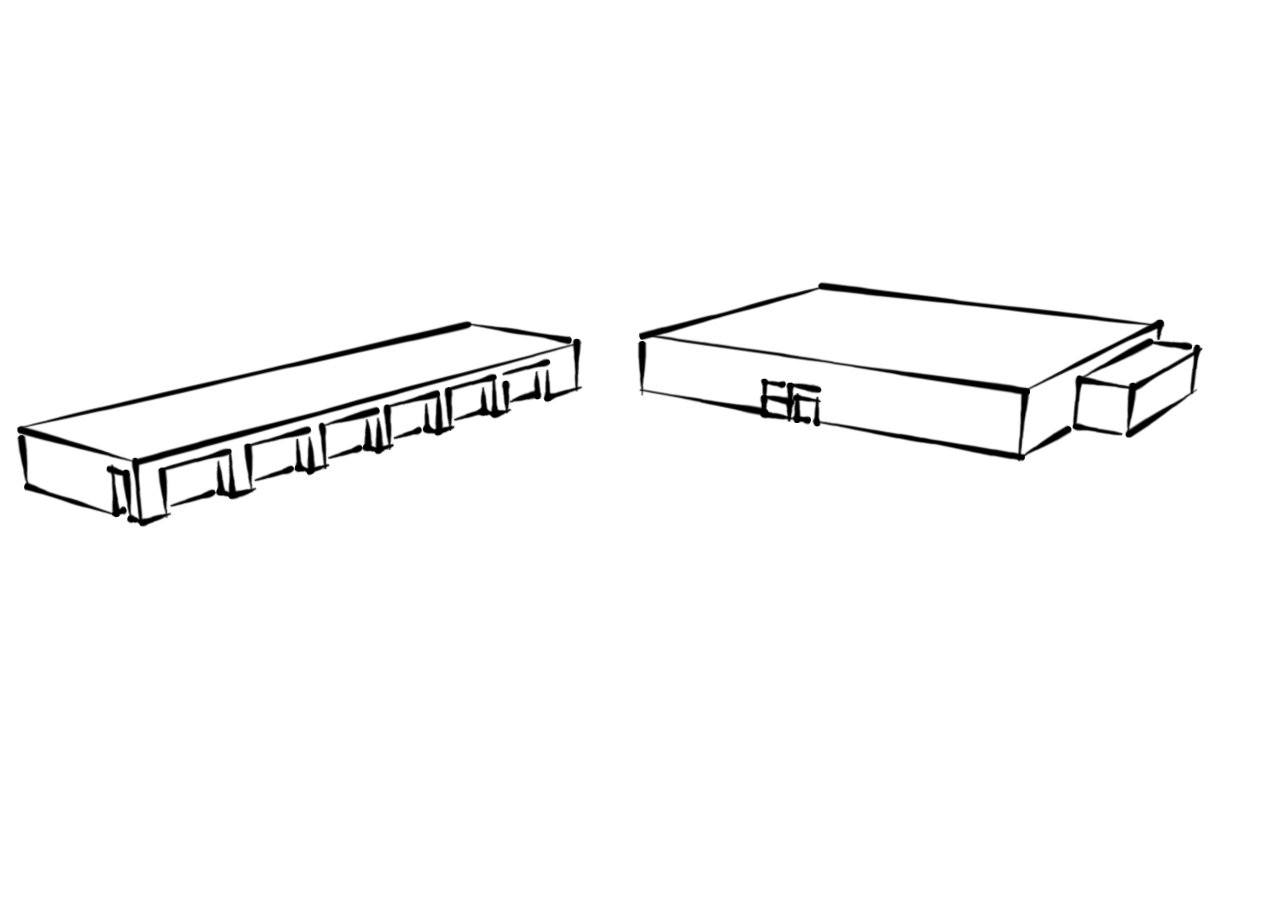
Shopping Centre |
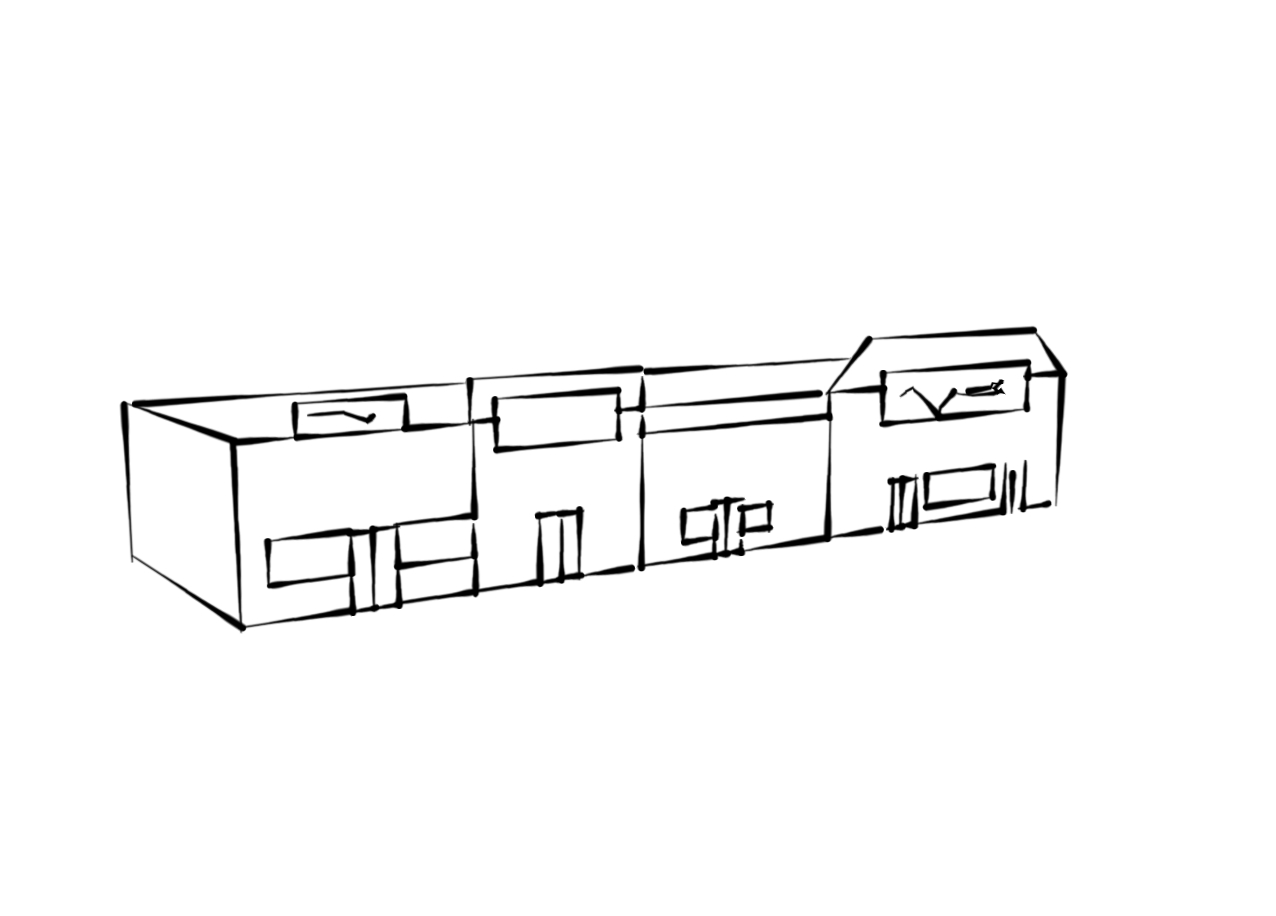
Power Centre |
|
Shopping Centres |
| Timeline of openings and Gross Leasable Area (GLA) |
|
|
